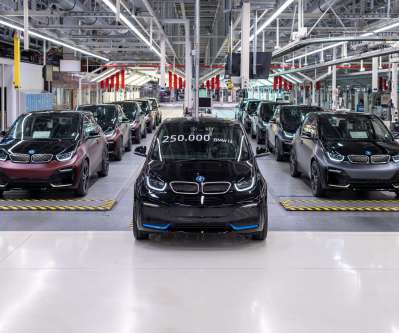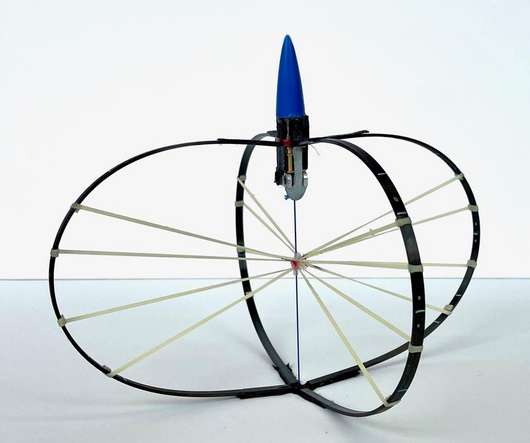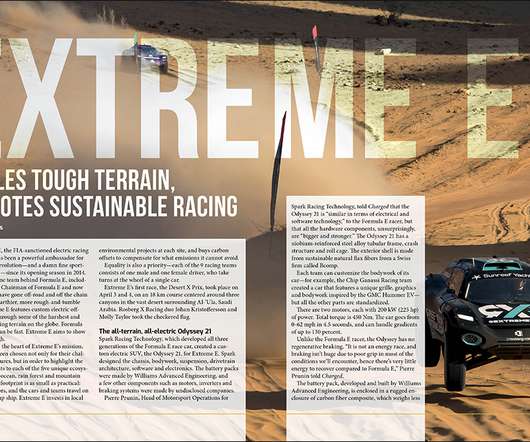Volvo Car Group testing lightweight structural energy storage material applied in trunk lid and plenum cover
Green Car Congress
OCTOBER 17, 2013
A composite blend of carbon fibers and polymer resin is being developed that can store and charge more energy faster than conventional batteries can. The material combines carbon fibers and a polymer resin, creating a very advanced nanomaterial, and structural supercapacitors. Click to enlarge.

















Let's personalize your content